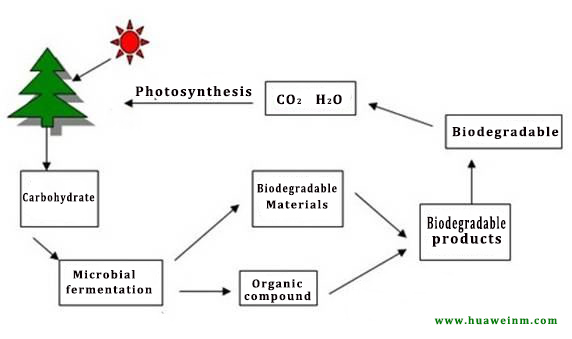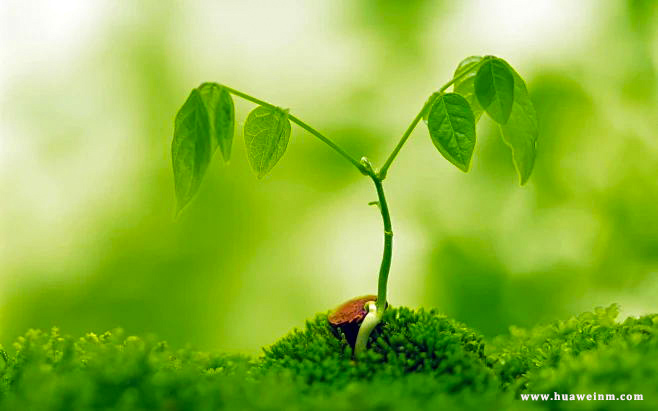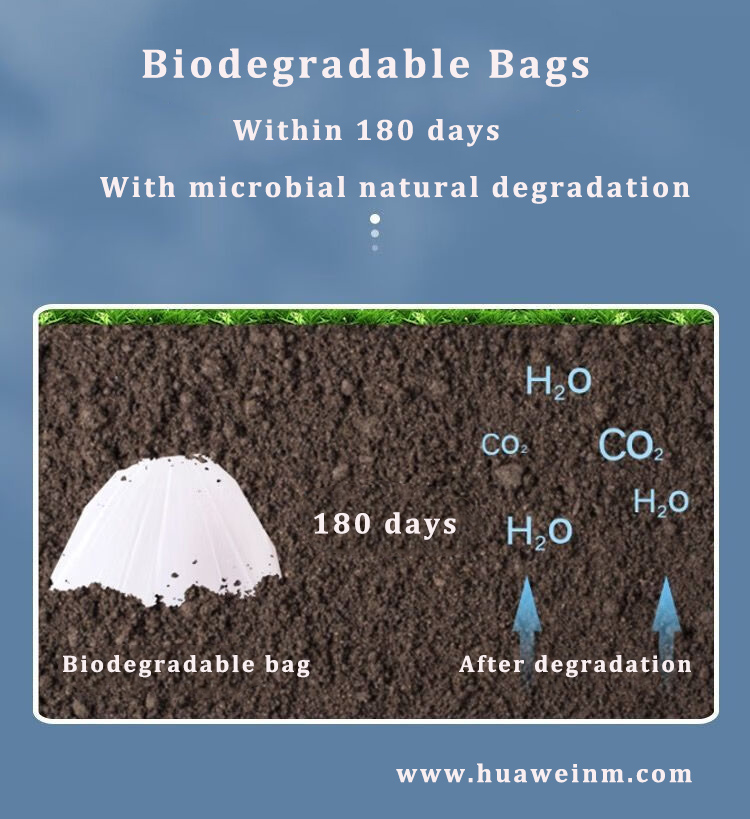The "plastic ban" has arrived, including disposable plastic bags, plastic tableware, etc
It has gradually been replaced by various biodegradable products, and a large number of beverage stores have begun to promote biodegradable straws. However, products that claim to be "biodegradable" in daily life are dazzling, "biodegradable in the natural environment", "pollution-free", etc. Green environmental slogans have confused many consumers.
Degradable plastics refer to plastics that are degraded by microorganisms present in nature, such as soil, sand, freshwater, seawater, and specific conditions such as composting or anaerobic digestion, and ultimately completely degraded into carbon dioxide or methane, mineralized inorganic salts of water and its elements, and new biomass (such as microbial dead bodies).

Biodegradation rate: refers to the ratio of the actual amount of carbon dioxide produced by material degradation to the theoretical amount of carbon dioxide produced.
Ecotoxicity: After composting biodegradable products, composting should not have a negative impact on the emergence and growth of plants or the survival of animals (such as small earthworms).

The degradation of biodegradable plastics requires suitable environmental conditions, mainly including environmental temperature, humidity, and light.
Degradation conditions: The degradation process of biodegradable products requires certain environmental conditions to be met. Therefore, manufacturers need to indicate the degradation conditions of their products, including one or more of "soil degradable, compostable, marine environmental, freshwater environmental, sludge digestion, and high solid state digestion".
1. Environmental temperature
The degradation rate of degradable plastics is closely related to temperature, and generally achieves good degradation effects at temperatures between 25-30 degrees Celsius. When the temperature exceeds 60 degrees Celsius, the degradation rate of degradable plastics will accelerate, but it will also have a certain negative impact on the environment.
2. Humidity
Humidity is another important factor affecting the degradation rate of degradable plastics. Generally, when the humidity is above 50%, the degradation rate of degradable plastics will be accelerated. However, excessive humidity can increase the difficulty of releasing degradation products and affect environmental quality.
3. Lighting
For some biodegradable plastics, light is also an important factor affecting their degradation. Generally speaking, light can accelerate the degradation rate of degradable plastics, but the specific effect still needs to be determined based on different types of plastics.

Product Material: Currently, the materials commonly used for truly biodegradable plastics on the market are polylactic acid (PLA), polybutylene adipate/terephthalate (PBAT), or PLA+PBAT+starch (St).
If the product material contains polypropylene (PP), polyethylene (PE), or high-density polyethylene (HDPE), please remove them directly from the shopping cart because these materials are non degradable and environmentally polluting.
